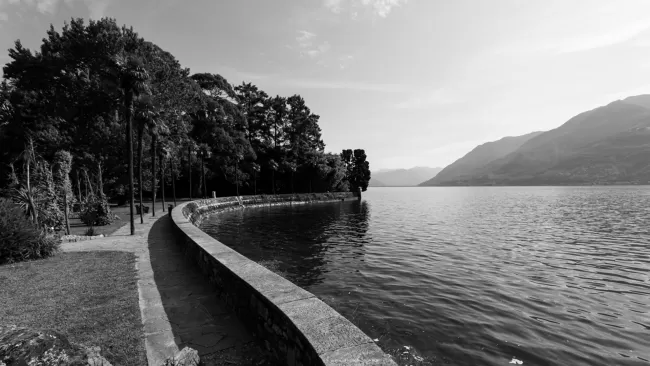Islands

The Islands are places of longing and desire. Just as invented as they are real, they represent the large, ambivalent “metaphor” of the human imagination. The temptation to construct or discover a self-contained cosmos, a place where the ideal and the real coexist, forms a mythical and hedonistic story of the idyll and the disastrous, paradise and hell.
We consciously accept the double-meaning of the island as an object and also of its effect as a constructed location, both in the urban context as well as in its singular momentum in landscape. In that sense the Borromean palace architecture isn’t that far from the urban island strategies of the 20th century, operating as the “mechanics” of hope in a ravaged city context. In this way, the uniqueness of the discovered islands of Lake Maggiore is not far from some of the contemporary island concepts absorbed by a market economy.
With the Borromean presence of our context, the construction of the cultivated, socially-distilled and idealised archipelago appears as a prominent island interpretation of the 17th century, though the island effect is a contemporary phenomenon, dominated by a political and economic stance at the border.
The history of our location in the Lake Maggiore, which is either vanished, only in fragments or completely intact, becomes the generator of an architecturally unique new strong identity, the effect of which reaches far beyond its limited field.
The result is a simultaneity between location, activity and architecture, and thus the islands become what they are.
We discern four islands or archipelagos; the botanical garden of the Brissago Islands, the fortifications of Cannero, the idealised Borromean Islands and the small nature reserve Partegora of Angera. These islands are prototypical for different programmatic content.
The scientific, botanical collection of a private garden, the fortress architecture as bulwark against attacking enemies, the representational architecture of the northern Italian nobility and finally the intact refuge of nature and species protection.
With the accurate handling of the history, its addition or new interpretation will be a determining contribution to the general semester theme of “Re-Use”.
The program will oscillate between four general categories: A place of wonder, a place of utopia, an exceptional liberalist, commercial free zone and a place of dystopia, a place of scientific experimentation. The size to handle will be approx. 10’000m2.
Università della Svizzera italiana
Largo Bernasconi 2
6850 Mendrisio
